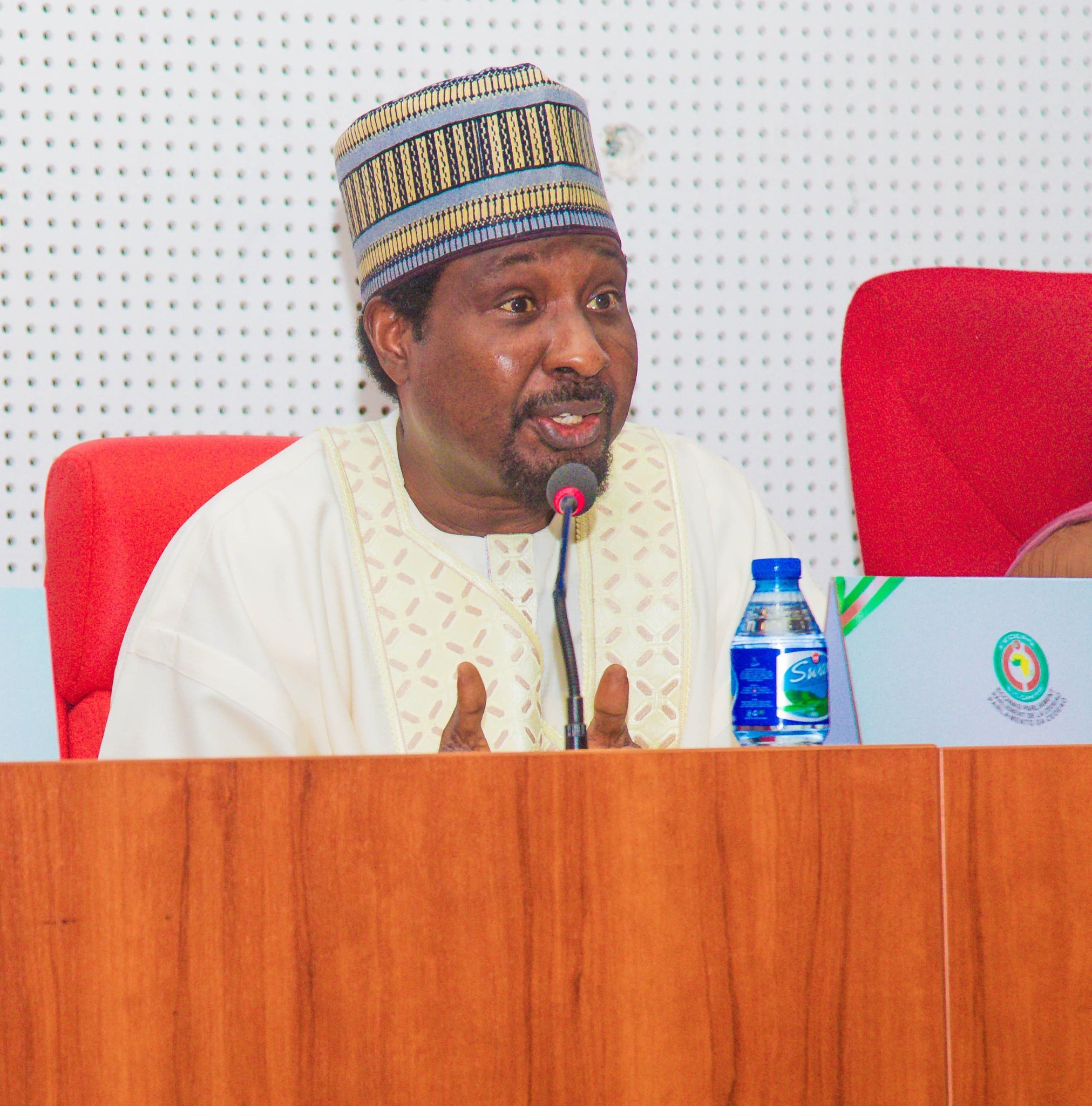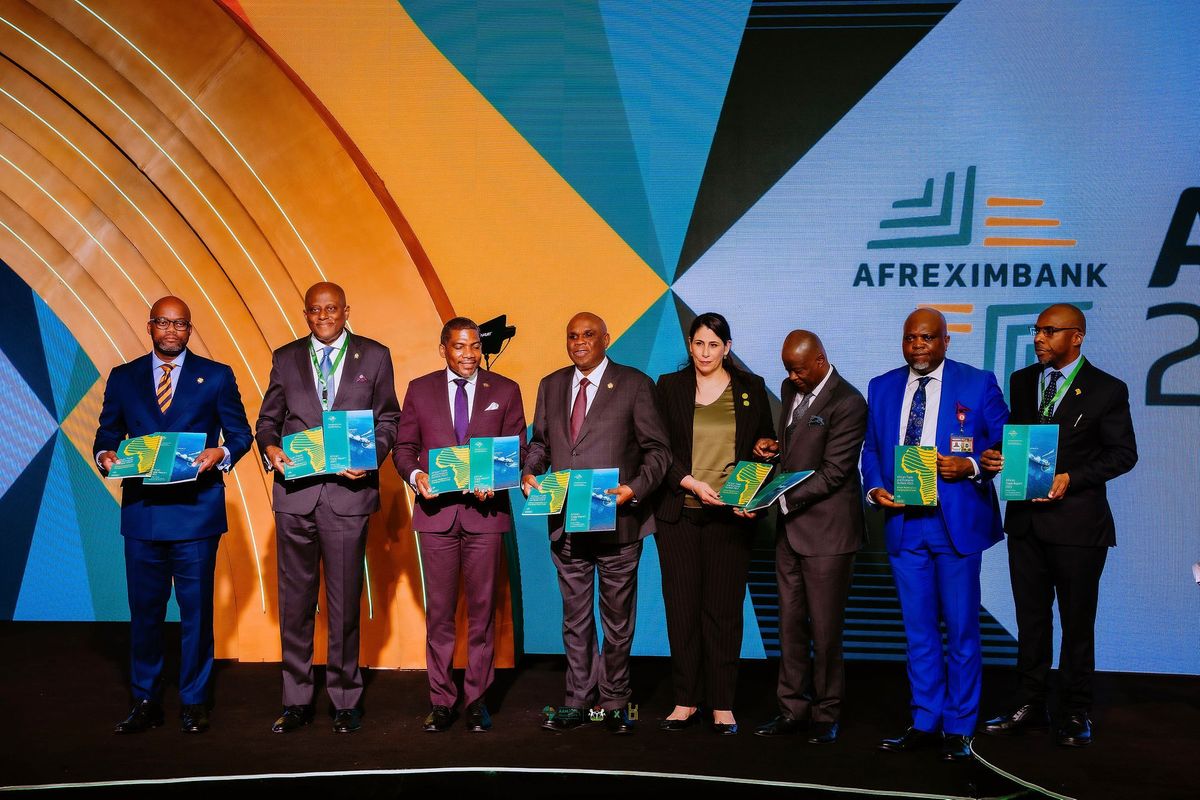Mtunzini: How a Coastal Town Revolutionized Africa's Internet
Okay, folks, let’s be honest – the internet feels essential these days, right? Streaming, working, connecting – it’s practically oxygen. But did you know that the foundation of South Africa’s ridiculously affordable internet access started in a place you probably haven’t heard of: Mtunzini, KwaZulu-Natal? Seriously. This little coastal town is quietly the reason so many of us can binge-watch cat videos without breaking the bank.
Back in 2009, a submarine cable called Seacom landed in Mtunzini, and it wasn’t just a shiny new arrival; it was a seismic shift. For years, South Africa was shackled to expensive, limited international bandwidth – think exorbitant data costs and glacial speeds. Before Seacom, we were relying on the old SAT-3/SAFE cable, controlled by Telkom and those bulky satellite connections. It was a digital bottleneck, and the price tag reflected it – a measly gigabyte could set you back upwards of R60 to R80. Yikes.
But here’s where it gets fascinating: the government, bless their hearts, initially tried to meddle with things. They announced a requirement that any subsea cables had to be majority-owned by local investors. Sounds nice in theory, right? Not so much when you’re talking about global infrastructure. Critics correctly pointed out that this was essentially a way to protect Telkom’s dominance and stifle competition. Thank goodness for shrewd business minds like Johann Rupert, Cyril Ramaphosa, and Andile Ngcaba, who stepped in with Venfin, Shanduka Group, and Convergence Partners, respectively, to ensure Seacom got off the ground. It was a messy political game, but the result was pure gold for consumers.
Within two months of that landing, Afrihost dropped the price of ADSL data to a mind-blowing R29 per gigabyte – over 50% cheaper than before! Suddenly, uncapped ADSL became a reality. And it wasn’t just Afrihost – Mweb followed suit, expanding from practically zero network presence to a major player in just four months, thanks to Seacom’s boost. It’s like watching a tech startup explode.
According to a 2023 DataReportal study, the average cost of 1GB of mobile data in South Africa is now around $2.60. That’s a staggeringly dramatic drop since 2009. That’s real money saved, people. A whole lot of money saved.
The initial ripple effect of Seacom isn’t just a historical footnote. We’re seeing the long-term consequences now. Fiber optic networks, built on the foundation laid in Mtunzini, are expanding rapidly, particularly in underserved rural areas. The rollout of the Community Broadband Initiative (CBI) in 2021, aimed at delivering affordable broadband to rural communities, is directly linked to that early investment. It’s not just about cheaper data; it’s about bridging the digital divide and enabling economic opportunity.
The shift orchestrated by Seacom has fostered a thriving South African internet ecosystem. Local companies are innovating with data-driven solutions – from fintech apps to e-commerce platforms – being built on that foundational affordability. We’re also seeing increased competition from mobile networks, who are leveraging the cheaper bandwidth to offer more competitive data packages.
However, challenges remain. While prices have fallen dramatically, digital literacy and access to devices are still significant barriers for many South Africans. And let’s not forget the ongoing debate about net neutrality – ensuring that all internet traffic is treated equally.
Mtunzini’s story isn’t just about a submarine cable; it’s a testament to the potential of strategic investment, navigating political obstacles, and, frankly, good business sense. It’s a quiet miracle that’s fundamentally changed South Africa, and one that deserves a little appreciation. So next time you’re scrolling through your phone, take a moment to think of this small town – it’s probably responsible for a good chunk of your daily dose of dopamine.











